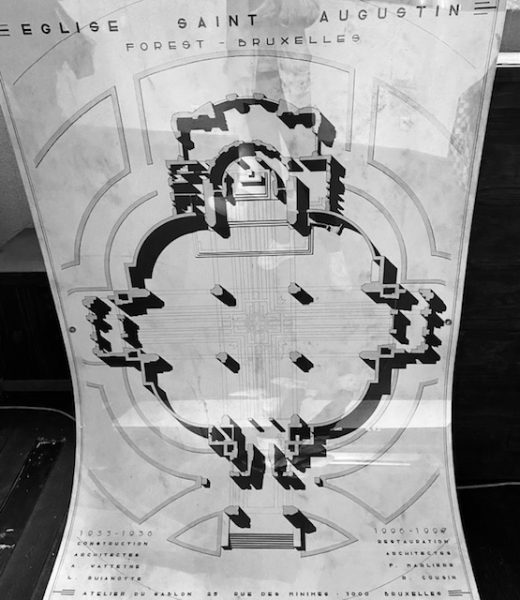What is the place of the church(es) or religion in society? Some would answer that the answer depends very much on the historical period which you focus on. Social scientists would zoom in on the changes that have taken “place” and the reasons as well as major actors of these societal changes. Churches are highly symbolic places with exposed visibility and demonstrations of power. Therefore, it is interesting to follow the changes in the architecture of churches. Whereas biblical communities gained in wealth and power over the centuries, they moved from the backyards to the city centres and the market places for centuries.
In the early 20th century many cities have grown so rapidly that in newly built suburbs new churches were considered an obvious extension of the places where churches belonged as well. In several instances the planning of a city’s extension was still being organised around the idea that a church should be the (new) focal point. At the same time the ideas of democratisation entered into churches as well leading to the deviant choice of round shapes rather than the traditional linear structures. The hotel became visible from all angles and was positioned as the mid point and rayons or beams could be imagined to reach into the newly built suburban areas. Frequently the road traffic was organised accordingly. Saint Augustine church in Forêt Brussels is a prominent catholic architectural example of this.
Another example of a round shape church with a place defining architectural function is the evangelic Königin Luise Gedächtniskirche in Berlin. Much smaller in size and in the axes that originate from there, the “Place of the Church” aims to fulfil a similar function, a central place in the new suburbian area.


